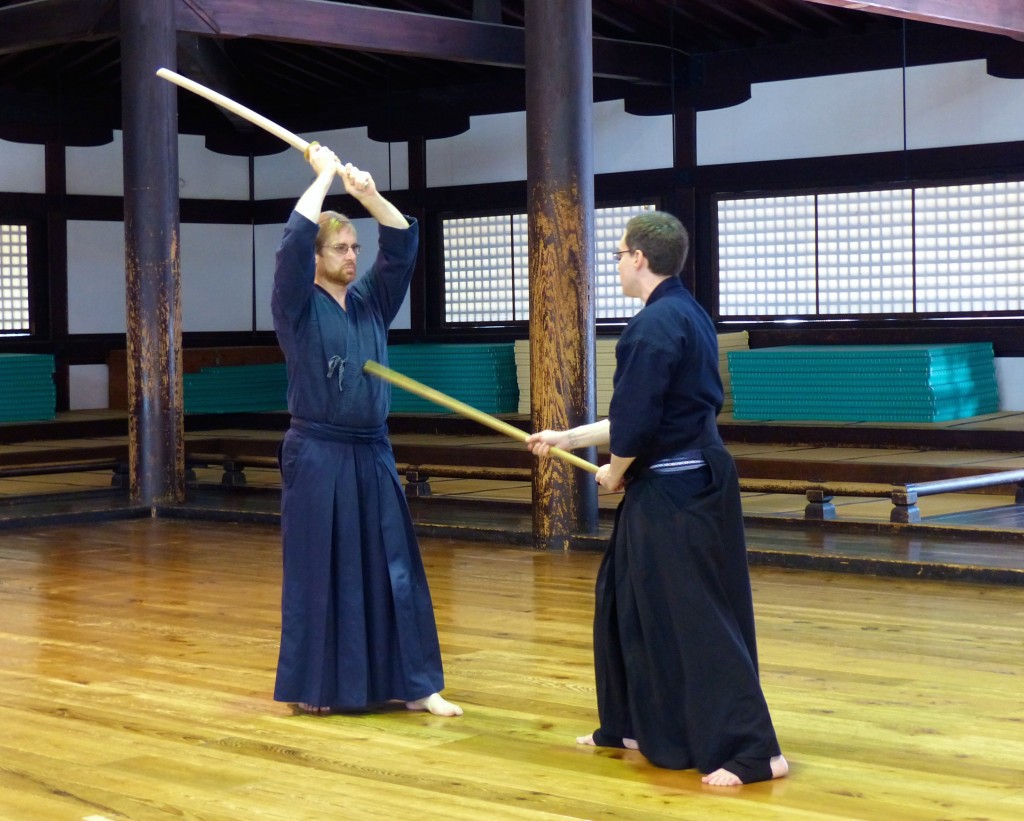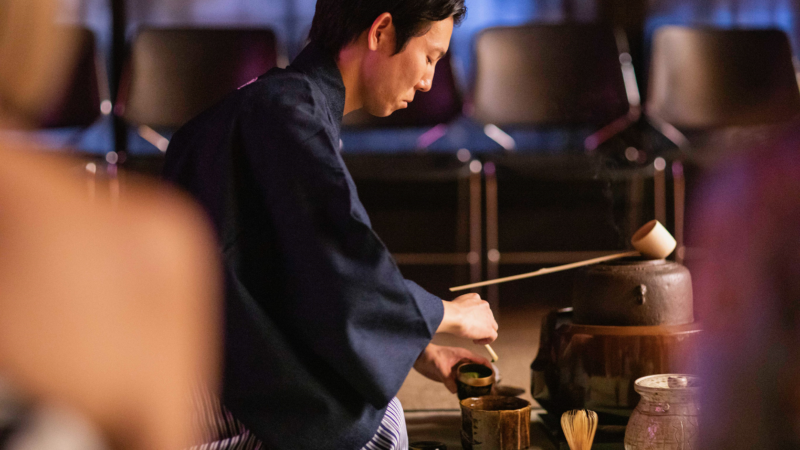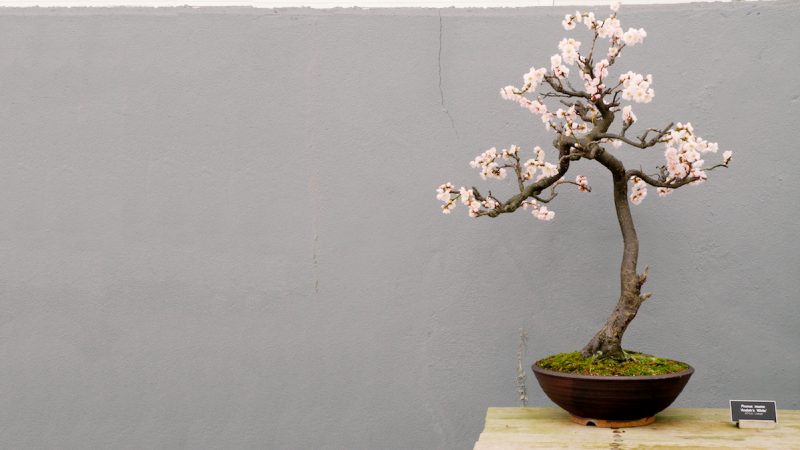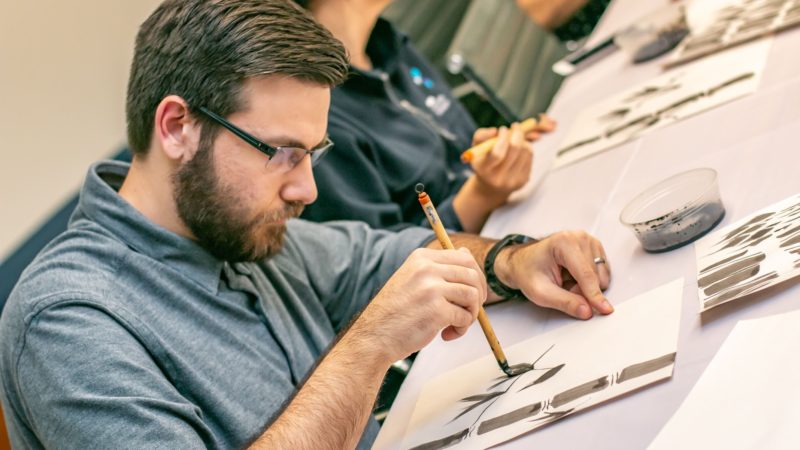Deborah Klens-Bigman, Ph.D. ◆ May 9, 2016

It’s an old argument: kata vs. technique. Bruce Lee, action star, philosophy major and founder of the martial art style Jeet Kun Do (JKD) reportedly disparaged kata, suggesting it was rigid and noncreative. A more dynamic martial art teaches techniques that can be called upon in any situation, he felt. And free-sparring was the only way to attain a spontaneous application of the techniques. Kata was not only boring, it was ineffective.
I cannot tell you how many times people have brought up this argument with me. Both Japanese swordsmanship (iaido) and stick fighting (jodo) consist solely of kata. There is never any free-sparring. Even when competing, practitioners of the art forms contest in their execution of kata. With all due respect to the martial arts legend, we should take a look at what kata is for, what it accomplishes (especially in the modern world) and what it does not.
Both swordsmanship and jodo involve inherently dangerous techniques. Learning to wield a 3-foot razor (Japanese katana were, and still are, surgically sharp) did not lend itself to free-sparring. Jodo, which pits a 4-1/2 foot staff against a sword, is similarly dangerous. Much like swordsmanship, a free-sparring jodo match could end up with one or both combatants badly wounded or killed. In order to learn either of these combative forms, or others involving bladed weapons, such as naginata (halberd), employing free-sparring would have been foolish in the extreme. While Bruce Lee’s point was probably aimed at empty-hand practitioners, its general promulgation since has run smack up against the realities of training with dangerous implements.
So – kata enables trainees to handle dangerous weapons in relative (by no means complete) safety. Students learn to draw, cut and resheathe a sword with minimal danger to themselves or others. Solo kata for swordsmanship employ bunkai (分解). In English bunkai is often translated as “application,” but a more accurate interpretation is “analysis.” In a budo sense, for the purposes of iaido solo kata, bunkai is the identification of the scenario that makes up the kata, a story of attack, defense and/or counter attack. The teacher illustrates the scenario so the student better understands what she is to accomplish in the kata: what is the kata a response to? How many “opponents” are there? What are the targets for the various cuts and blocks? Explanations can be verbal, but can just as often enact the story of the kata. Some instructors (me included) have used bunkai enactments in public demonstrations. My feeling is that, no matter how beautiful or exciting a solo kata may look, acting out the scenario of the kata is a good exercise in timing for the students and also gives the audience something more literal to look at.
Jodo is slightly different, in that all jodo kata are paired kata. Students learn the bunkai not in the abstract, but in a simulated encounter that pits the stick against a partner wielding a wooden sword. Timing and distance are not idealized, as in solo practice, but change with every training partner.
The next phase of the argument now might be, why even bother to train in this way, since no one carries swords or long sticks anymore? There are many reasons why people might want to train: a sense of history, or exploring another culture through a living art form, aesthetics, and I suppose, a few who think that learning a weapon-oriented martial art is just badass. In particular, solo kata was invented for them.




